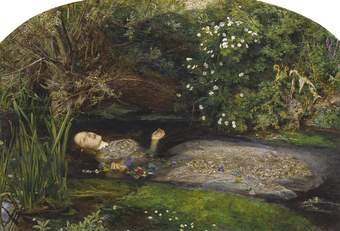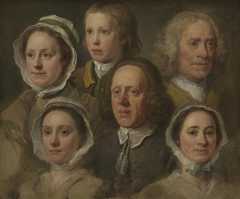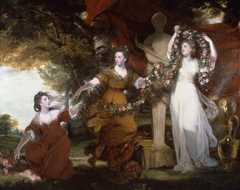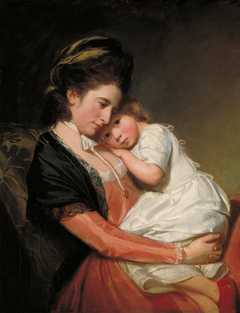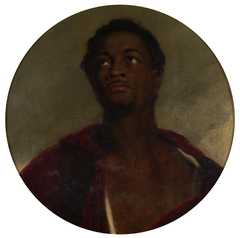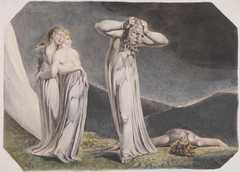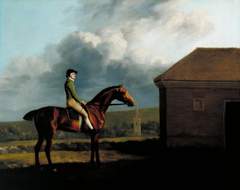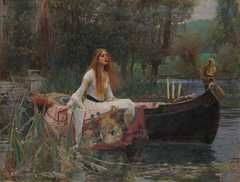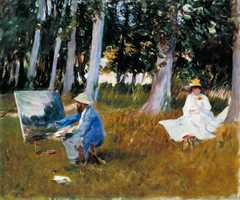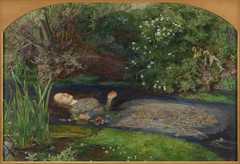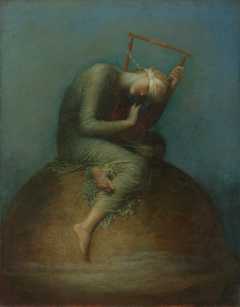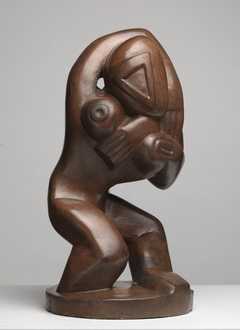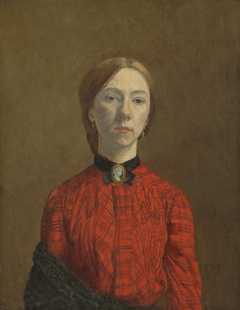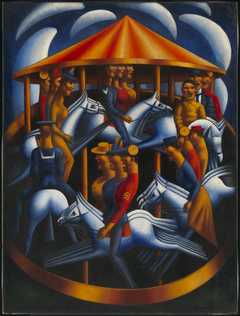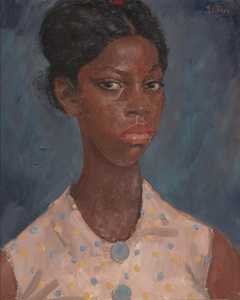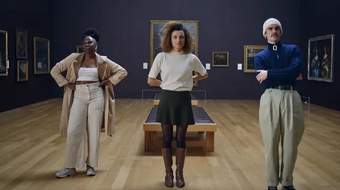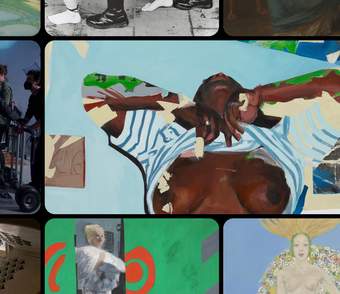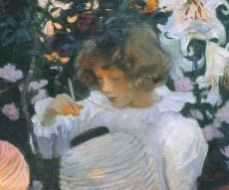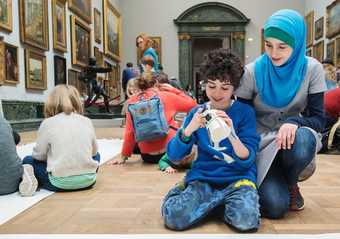Free Display
Historic and Early Modern British Art
Trace the story of British art from the Tudors to WWII
These rooms start with the oldest artworks in Tate's collection. From the Tudor courts, war and revolution to the fight for women's suffrage, discover how art reflects nation-defining moments in our history. Look out for works by Joan Carlile and Mary Beale, two of the first women artists working in Britain as early as 1650. See familiar favourites by William Blake, John Singer Sargent, Gwen John, Vanessa Bell and more. Continue your journey with Modern and Contemporary British Art.
